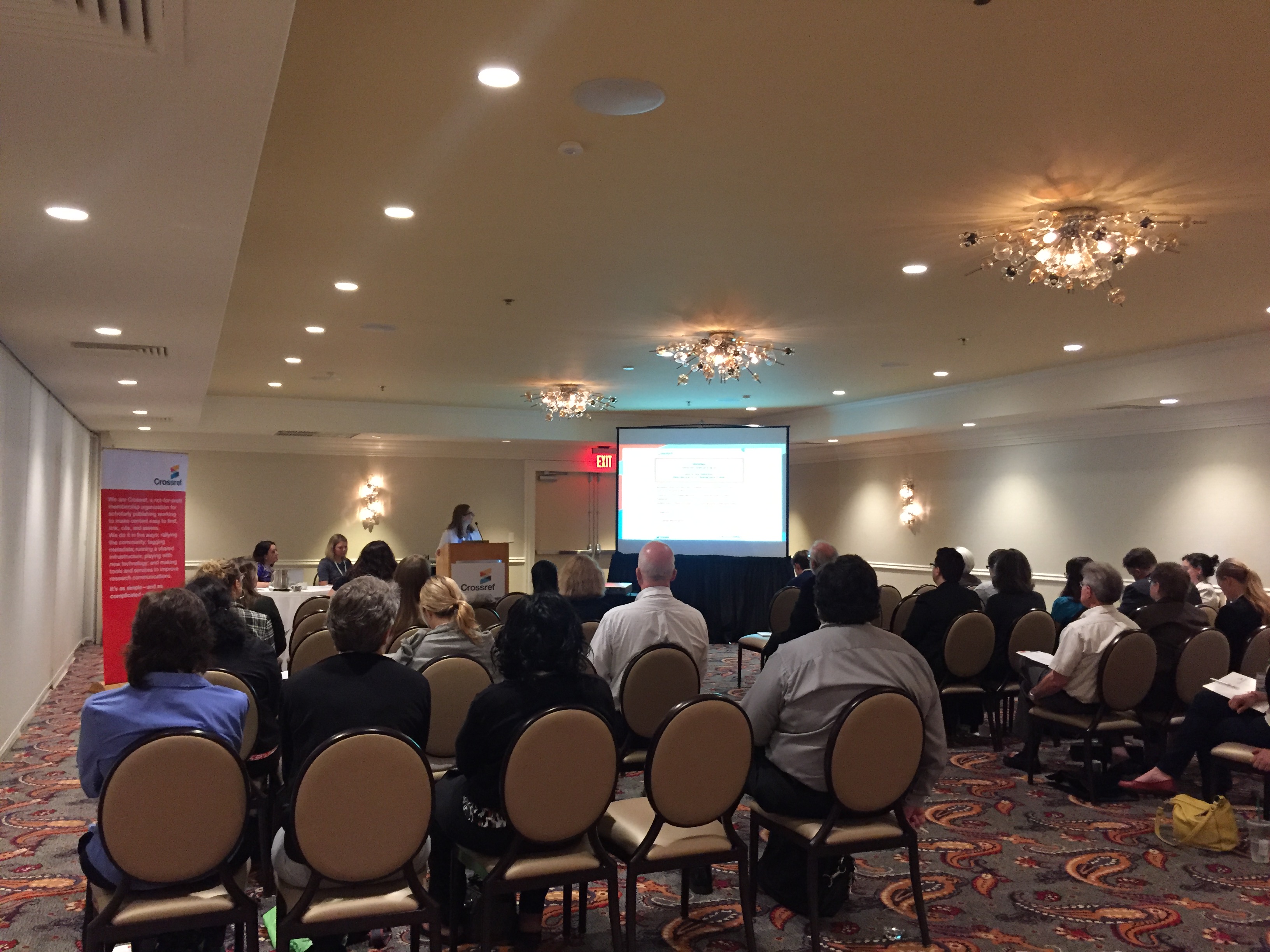If you ever see me in the checkout line at some store do not ever get in the line I’m in. It is always the absolute slowest.
Check out the events below where Crossref will attend or present in 2016. We have been busy over the past few months, and we have more planned for the rest of year.
TL;DR Crossref discourages our members from using DOI-like strings or fake DOIs.

Rallying the community is a key Crossref role. Sometimes this means collaborating on new initiatives but it is also an ongoing process, a cornerstone of our outreach efforts. Part of rallying the community is bringing people together, literally, in a series of outreach days around the globe.
The role of preprints Crossref provides infrastructure services and therefore we support scholarly communications as it evolves over time.
We now have linked clinical trials deposits coming in from five publishers: BioMedCentral, BMJ, Elsevier, National Institute for Health Research and PLOS.
Known unknowns If you follow this blog, you are going to notice a theme over the coming months- Crossref supports the deposit and distribution of a lot more kinds of metadata than people usually realise.
The act of registering a DOI (Digital Object Identifier) for scholarly content is sometimes conflated with the notion of conferring a seal of approval or other mark of good quality upon an item of content. This is a fundamental misunderstanding. A DOI is a tool, not a badge of honor.
Last week a bunch of Crossref’s staff traveled to the 2016 Society for Scholarly Publishing Annual Meeting in Vancouver, BC. After we returned en masse, all nine of us put our heads together to share some of our personal memories of the event.
This is a joint blog post with Dario Taraborelli, coming from WikiCite 2016. In 2014 we were taking our first steps along the path that would lead us to Crossref Event Data.
As part of our Event Data work we’ve been investigating where DOI resolutions come from. A resolution could be someone clicking a DOI hyperlink, or a search engine spider gathering data or a publisher’s system performing its duties.